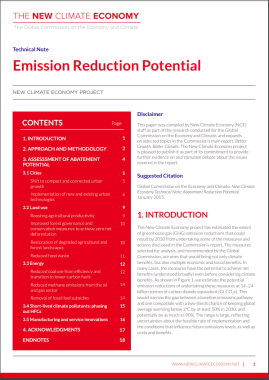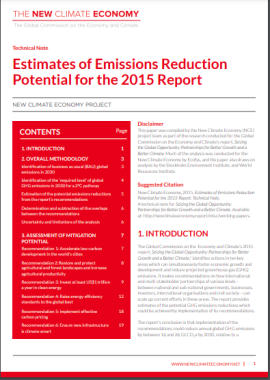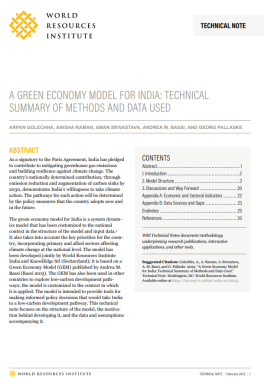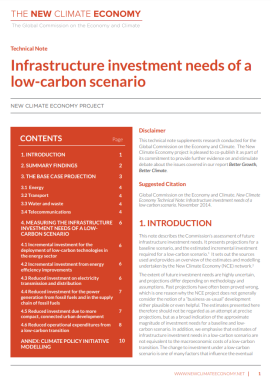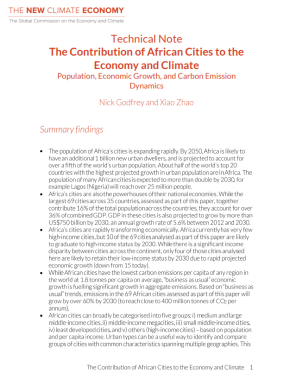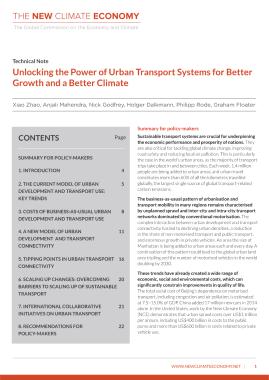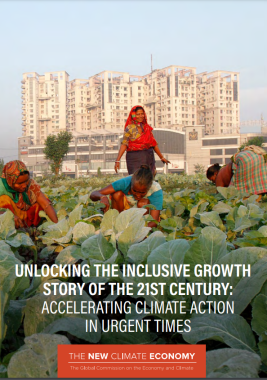The Green Economy Modelling Framework (GEMF) is an approach for climate, green and development policy analysis and for stakeholder engagement. It is designed to address several challenges faced by policy makers, including:
-
on comprehending complex relationships among biophysical, social, and economic systems that are at the heart of the climate-development nexus;
-
on bringing together relevant stakeholders to overcome typical coordination problems that hamper the advancement of climate, green ambition;
-
on having at their disposal tools for identifying robust policies that have a potential to deliver in terms of national and global development goals, identify benefits of climate action and costs of inaction; and
-
on building capacity for institutional development.
When applied at country or regional level, the GEMF typically involves the creation of a customized (national or regional specific) Green Economy Model (GEM). GEM is a System Thinking based, System Dynamics, integrated, dynamic, recursive model that generates ex-ante scenarios for climate-related, environmental, and socio-economic variables at the macro level. The GEMF and associated GEMs have been mainstreamed in a growing number of countries, directly feeding into core climate, green, development programs and policy processes, including on Nationally Determined Contributions (NDCs) updates, Long Term Decarbonization Strategies (LTDS), medium- and long-term green development plans, just transition analyses, and sector level analyses.
Under the New Climate Economy project, the research team developed a demand driven, embedded approach for country policy support, which sought to identify opportunities and global-local champions for enhanced, accelerated climate ambition. NCE research team engaged key institutions and individuals to identify entry points for overcoming coordination challenges, close knowledge gaps and bring inputs into relevant policy process. NCE technical work was advanced hand in hand with local policy makers and climate champions. Ideas of co-creation, participatory modelling and capacity building were at the heart of the technical support provided by NCE. The project sought to build coalitions (national and international), communicate, and foster exchanges for the advancement of just green, low-carbon transitions.
NCE and country teams worked with the team at the KnowlEdge (KE) on the (i) identification of policy priorities, (ii) co-creation of customized simulation models (i.e. country-specific versions of GEM), (iii) analysis and interpretation of results and (iv) preparation of reports and policy documents. The KE team has also offered training to national teams, both for the creation of system maps (also called Causal Loop Diagrams) and mathematical models (e.g. specific sectors of GEM, or the full model). The KE team has adapted the modelling work in different country contexts, based on multi-stakeholder input, including the use of Systems Thinking and System Dynamics, and the integration of energy optimization models (e.g. LEAP and TIMES), macroeconomic models (e.g. CGE), and spatially explicit models (e.g. InVEST) in the systemic analysis performed with GEM.

